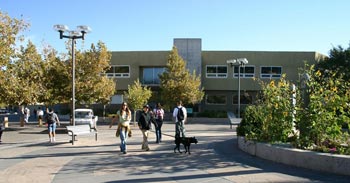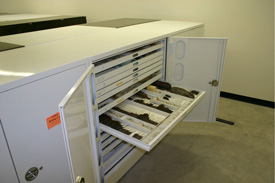Museum Collections
Heritage Assets: Museum Collections
USGS manages a widespread collection of natural history specimens and cultural objects in many science and administrative centers throughout the United States. The collection is divided into two major categories:
- historical (including art, history, ethnography, and documents), and
- zoology.
Historical Objects
Many historical objects, including oil paintings of many historical figures, are among exhibits in the USGS National Center in Reston, Virginia, hallways or lobbies in regional offices and science centers around the country.
Our collection includes many special objects related to the cultural history
of USGS, including a 1930 Model A Ford used to successfully map the geology of
California deserts through the 1960s and the Lunar Rover used in the southwestern
deserts to train astronauts in the lunar landing program through the 1970s
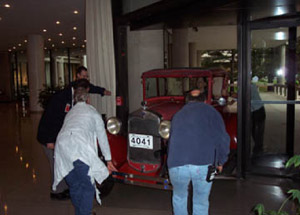 |
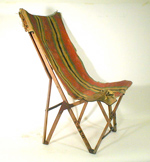
Chair with a canvas
cover, used in the Hague Expedition |
 |
| After engine stabilization
and conservation, the USGS' 1930 Model A Ford is moved inside for permanent
exhibition. |
|
Other interesting objects in the collection include John Wesley Powell's commission, one of the few documents signed by President James A. Garfield, appointing Powell as the second director of the US Geological Survey; geologic field mapping equipment from Arnold Hague's late nineteenth century expedition to map Yellowstone National Park; and Director Thomas Nolan's field equipment and academic robe from St. Andrew's University in Scotland.
Zoology Objects
Our zoology objects are located at the Biological Research Arid Lands Field Station of the Mid-continent Ecological Science Center that retains a collection of natural specimens. Employees from the USGS stationed at the University of New Mexico's Museum of Southwestern Biology (see photo below) maintain this collection under a joint agreement between the USGS and the University of New Mexico.
Of primary importance in our collection is the unique natural history collection of vertebrates that dates from as far back as the late 1920s and was used in support of food habits studies by researchers at the Department of Agriculture's Food Habits Laboratory in Denver, Colorado. Transferred to Fort Collins in the mid-1970s and then to the University of New Mexico under the aegis of the biological Resources Division in the 1990s, this collection includes over 8,000 fluid-preserved specimens of amphibians and reptiles as well as mammal and avian skeletons and skins. Most recently, specimens were acquired as a result of the research emphasis to document mammal species from public lands in the West.
Collections at a Glance
Our museum collections are housed in both Federal and non-Federal institutions in an effort to maximize accessibility to the public.
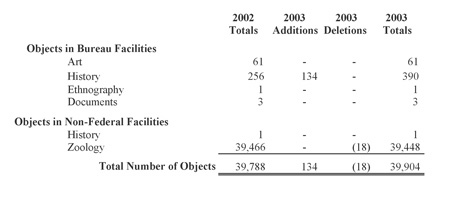
Cataloging efforts have also been a priority within USGS, as we have completed cataloging 100% of our collections. During the cataloging process, we evaluate the condition of each collection object. We consider "good" to show little or no sign or aging or wear; "fair" applies to objects which are showing signs of deterioration such as faded color of fabric or wood, and "poor" are objects which have missing parts or are extremely worn. No deferred maintenance is necessary for our museum collections.
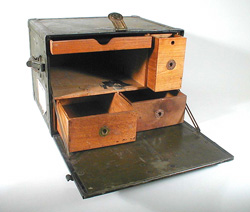
|
|
U.S. Army surplus field desk used in the field by geologist Dr. David Love.
|
We also evaluate the condition of the locations housing our collections. This evaluation is based on a lengthy list of conditions. We have objects in five USGS facilities and two of them have been evaluated as "good," which indicates the facilities meet over 70% of our standards. Two of our USGS facilities have not been evaluated as they are largely storage areas. The other USGS facility and our one non-USGS location meet between 50% and 70% of our requirements for a rating of "fair".

U.S. Department of the Interior, U.S. Geological Survey
URL: http://pubsdata.usgs.gov/pubs/03financial/html/museum.html
Maintained by Eastern Publications Group
Last modified: 16:28:39 Tue 22 Nov 2016
Privacy statement | General disclaimer | Accessibility






